Do you love bird watching? The birding world is one of the most fascinating in all the animal kingdoms, but how about trying to catch those rare birds that are so hard to find? Many people want to catch rare birds, but only a few know-how. How do you go about catching a bird that is so exclusive?
If you do, then this blog post is for you. This article is about catching the rarest birds. How to find them, how to spot them, and what their habits are. Most importantly, it tells you How to Catch a Bird. How do you know if a bird is rare? You might not be able to tell just by looking at it – they look like any other bird! But there are ways of knowing, So read on if you want to learn.
What Makes a Bird Rare?
Rare can mean different things depending on the context. It would be best if you understood that there are different levels of rarities and many reasons why a bird might be considered rare.
What makes a bird rare is that they are not commonly found in your area. A bird may be flagged as rare when seen out of season or outside of its usual range. There are some species whose numbers are so low that they are considered endangered or threatened. These birds are considered rare even if you are seeing them in an appropriate season.
There are many rare birds, but some of the most sought-after species include birds like Purple Martins, which only live in Tropical regions of North America and South America, or European Swans which nest primarily in remote swampy areas in Europe and Asia, Galah (bird), White Pelican, Pink Robin, and King Vulture, etc.
How To Find Out If a Bird Is Rare? What Are Their Habits? How Do They Behave Differently from Other Common Birds?
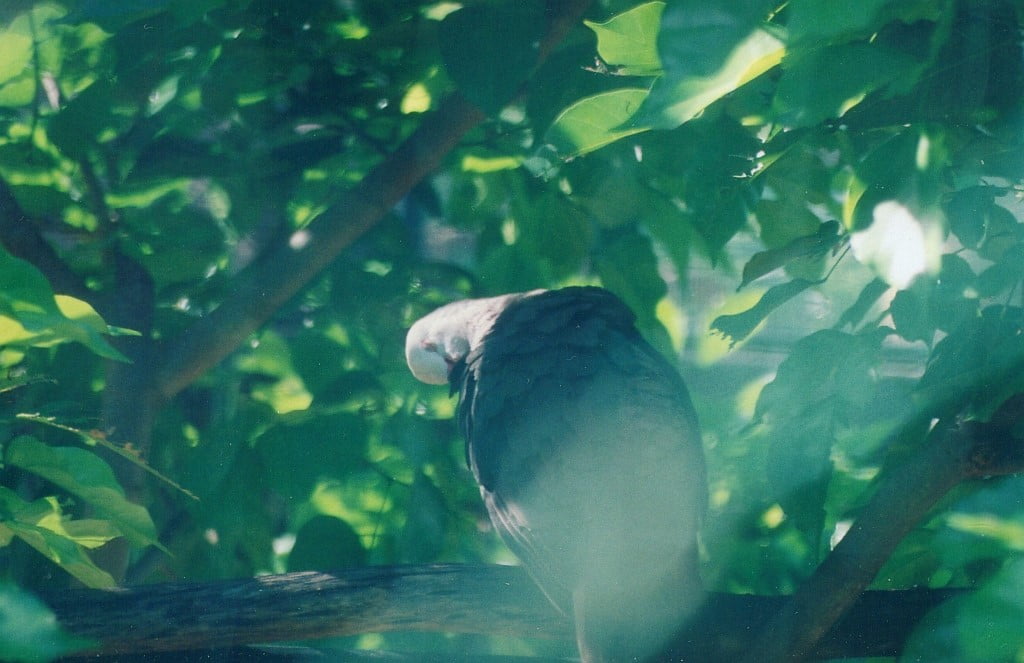
There are two ways of finding out if a bird is rare: looking for the right clues or requesting help from experts. So how do you look for these signs? Here are some tips:
- Learn the bird’s habits and habitat. This will help you learn where it lives, when it migrates, what time of year it nests or molts, eats food such as fruit or insects, etc.
- If it is an island, there might be fewer people around, so that means fewer eyes and ears in the area. This might increase the chances of spotting a rare bird.
- Look for birds that are more active during dawn or dusk rather than in the middle of the day – this is when most people are not looking, so it is easier to spot them.
- In general, birds that fly lower than others or have more vivid colors are more likely to be rare. But the best way to identify a bird is to observe how it reacts when you get close, otherwise known as its alarm call or flight behavior.
- If you are at an open space like a beach with lots of trees and bushes nearby, you might be able to spot a rare bird that is camouflaged. How do you know if an expert can help? Check with the local bird-watching club or hire someone professional who knows about birds in your area.
How Do You Catch a Rare Bird?
If you are looking for tips to get that precious glimpse of your favorite, elusive species, read on. There are many kinds of birds that are hard to find and even harder to see up close. So how can someone go about catching these elusive creatures?
There are lots of ways to catch a rare bird, but it is best to avoid capturing them with nets and instead use your hands. How can you do this?
- If the bird is small enough, try using a cloth or leaf as cover before reaching out to grab it. They fear sudden movements! If not, then carefully reach around its body from behind and grab it.
- If the bird is larger than your hand, try to get close and then reach out with one arm while using an “eagle claw” (two fingers curled into a fist) on the other: this way, you will be able to cover all available escape routes.
- If the bird is moving too quickly to catch it with your hand or cloth, then you can try catching them in flight by patiently waiting for them to fly back into range.
- Once you manage to catch them, secure them in a cage.
How Does the Bird Feel When You Try to Catch It and How Do They React?
If a rare bird is trying to escape from your hand (whether with its claws out or wings flapping), then do not worry. This means that it does not want to get caught! Just let go of them gently, and they will stay close.
How Do You Know If a Rare Bird Doesn’t Want to Get Caught?
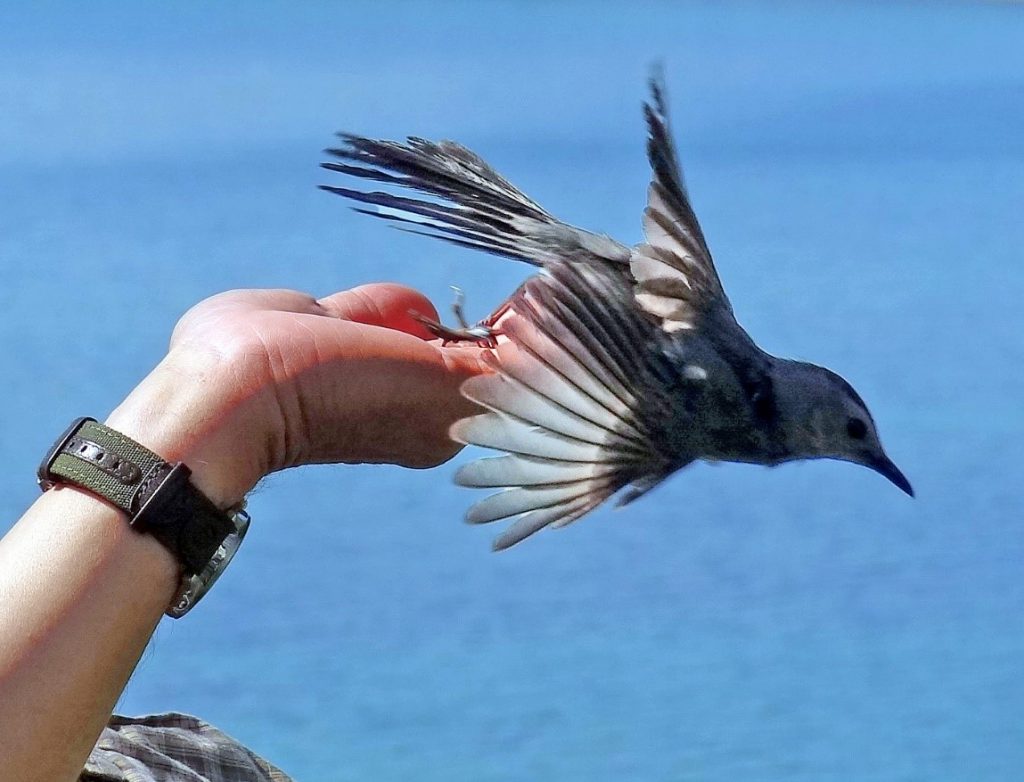
- If the bird is looking at your hand in an uninterested way, they do not want it – so just put them down!
- If the bird’s tail feathers are raised, and their wings are flapping, they are trying to fly away.
- If they start making a hissing or other kind of noise, then this means that the bird is scared and wants to getaway.
Conclusion
If you have read this far, I feel that catching a rare bird is something on your bucket list. Although there is no one sure way to catch them, and they can be hard to find.
However, if you manage to locate one of these birds, the reward will likely outweigh the time spent looking for it! Whether you are hoping to attract an unusual species or want something new for your backyard aviary.
So, if you want to try your luck in catching a rare bird without spending too much time and money traveling around the world without knowing, it is worth it.
The key takeaways are these three points:
- know what makes the bird “rare”?
- Know where they gather.
- Be patient enough to wait for them to make an appearance.
I hope you enjoyed this post. Also, comment down below if you want to learn more about rare birds.

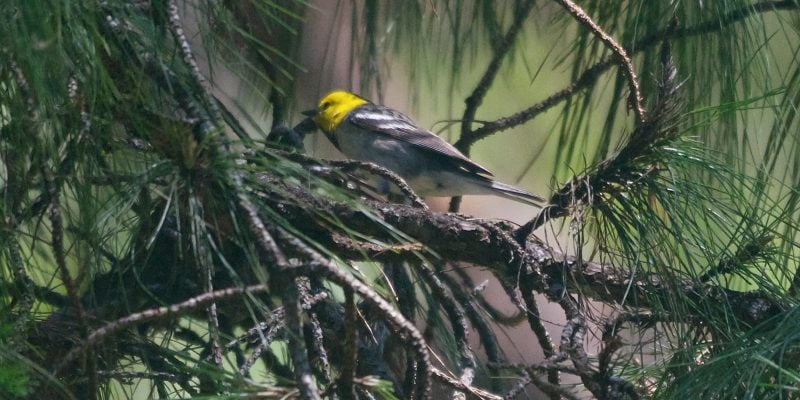





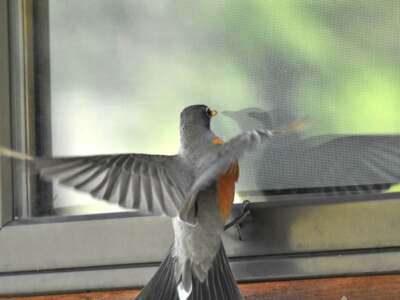
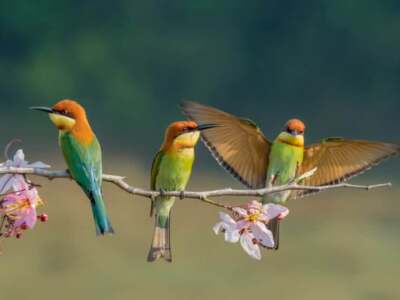





Comments